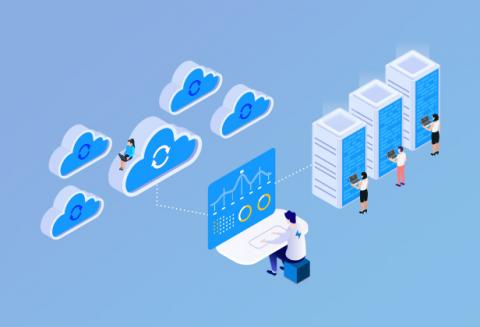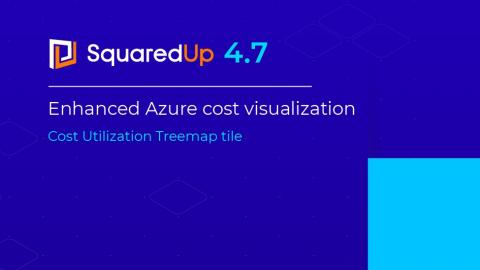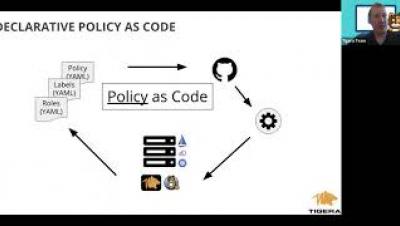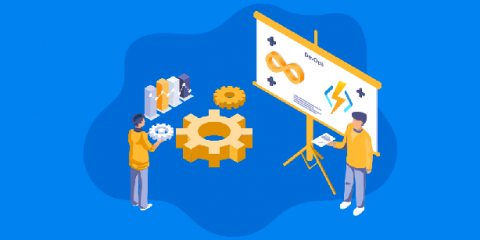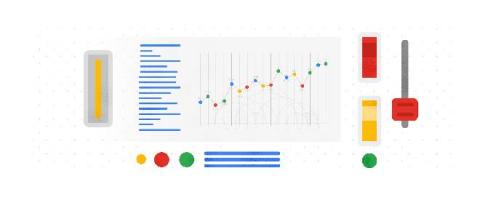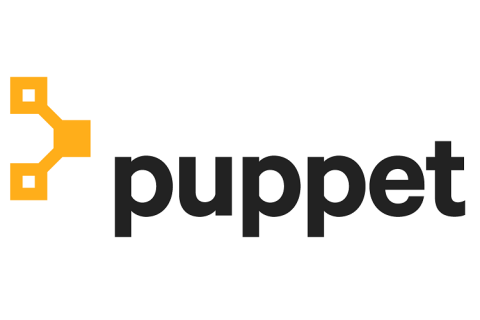A techy bedtime story: The tale of wizards, caves and how Serverless came to be
We’ve noticed interesting threads floating around the internet asking how would you explain serverless to a toddler. As it happens, we just turned three years old and to mark the occasion, we decided to take up the challenge and wrote a bedtime story, for serverless enthusiasts of all ages, about how serverless came to be, from the very beginning. It is a magical tale of the ingenious, life-changing journey that got us to a new universe called Serverless.



